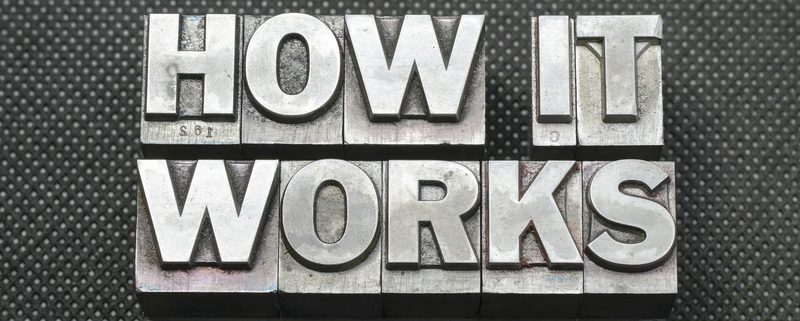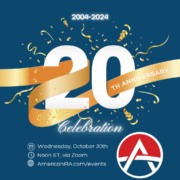How to Guide Your Own Retirement Portfolio
Self-Directed Learning: How to Guide Your Own Retirement Portfolio
Google “Self-Directed Learning” online and you might be surprised at how little there is available. It’s as if many companies expect investors to know exactly what to do with their retirement accounts. Unfortunately, if they don’t know, they may have the money and resources to invest in a financial adviser who can take care of everything. But is that really the way of the world? The way we see it, Self-Directed IRA investors do the best when they’re armed with knowledge. Knowledge is required to make the most out of their retirement portfolio.
But that still leaves one question: how can IRA learning work? Here are some tips and advice from American IRA, where we make a point to inform and educate the public about the possibilities present with Self-Directed IRAs.
What To Learn First
The first step is also the simplest. You have to know what you’re looking for if you want to learn about investing with an IRA. What does that mean in practice? To us, it means brushing up on the investment vehicles available to you: learning the types of Self-Directed IRAs there are. Doing this research alone can help you better understand the lay of the land. These are the vehicles, after all, through which you’ll be investing in assets that could be as wide-ranging as real estate and precious metals. It helps to know the tools you’re working with first.
Why does it matter? Consider if you use a Self-Directed Roth IRA instead of a Self-Directed Traditional IRA. The two might sound similar. They even have similar contribution limits. But because a Roth IRA uses after-tax money, it has fundamentally different rules from the Traditional IRA when it comes to how that money is treated when you take it out of your retirement portfolio.
More About Your Self-Directed IRA Options
The vehicles you use to invest are important tools, but they don’t tell the full story. The full story of the potential for retirement with a Self-Directed IRA comes with a thorough understanding of the options you have at your fingertips. You’ll work with a custodian who administers the account on your behalf. Then, use that account through the custodian, and place investments such as real estate, precious metals, tax liens, and more.
Investors move to a Self-Directed IRA for a main reason. They want the typical benefits of retirement investing to apply to these other asset classes. For instance, an investor with a lot of experience in putting money in real estate may want to use a Self-Directed IRA. This way they can receive tax benefits for real estate investments. Those real estate investments would be separate from the investor’s personal investments, ensuring that there can be retirement tax benefits for these assets. For instance, an investor with a piece of real estate in an IRA couldn’t then live in that real estate, because this would be crossing the barrier into “personal” investments.
Getting Acquainted with a Self-Directed IRA Administration Firm
Want to learn more about your portfolio? The best way to do it is to get acquainted with a Self-Directed IRA administration firm that takes a teaching approach at its website. And that’s what we do here. Here at American IRA, we like to help investors understand the full gamut of options available to them. We have an entire section dedicated to Self-Directed IRA education, which you can use to brush up on all things Self-Directed IRAs.
Interested in learning more about Self-Directed IRAs? Contact American IRA, LLC at 866-7500-IRA (472) for a free consultation. Download our free guides or visit us online at www.AmericanIRA.com.










